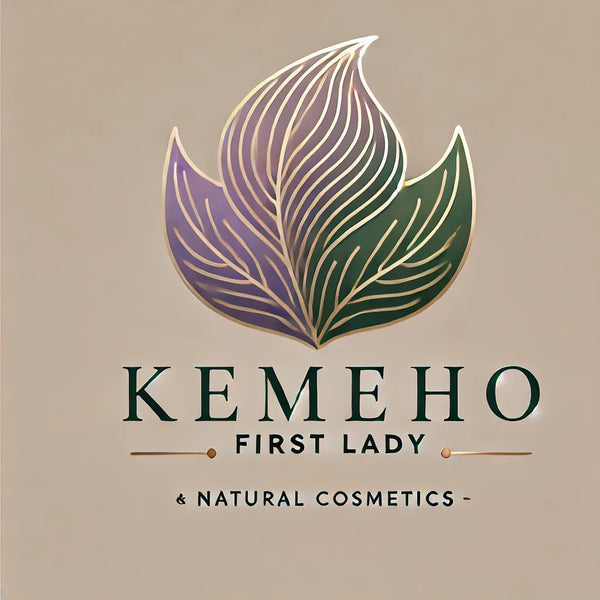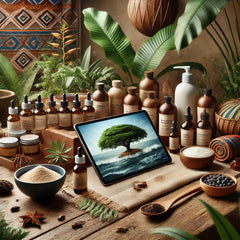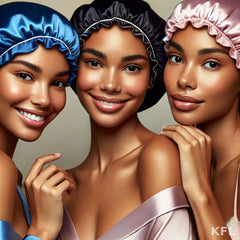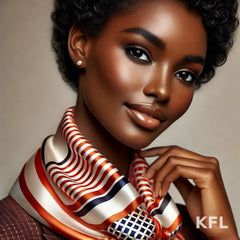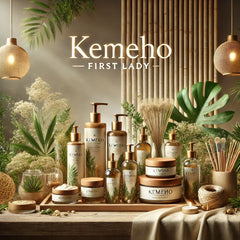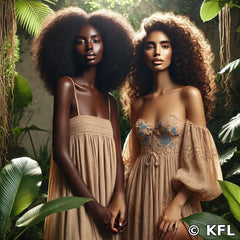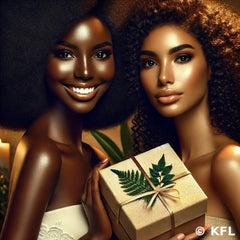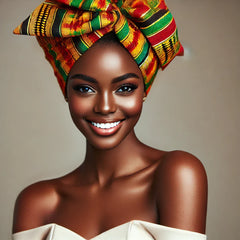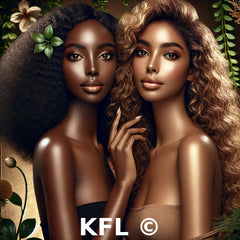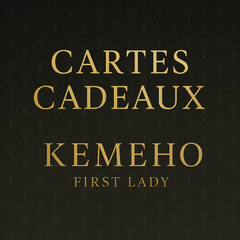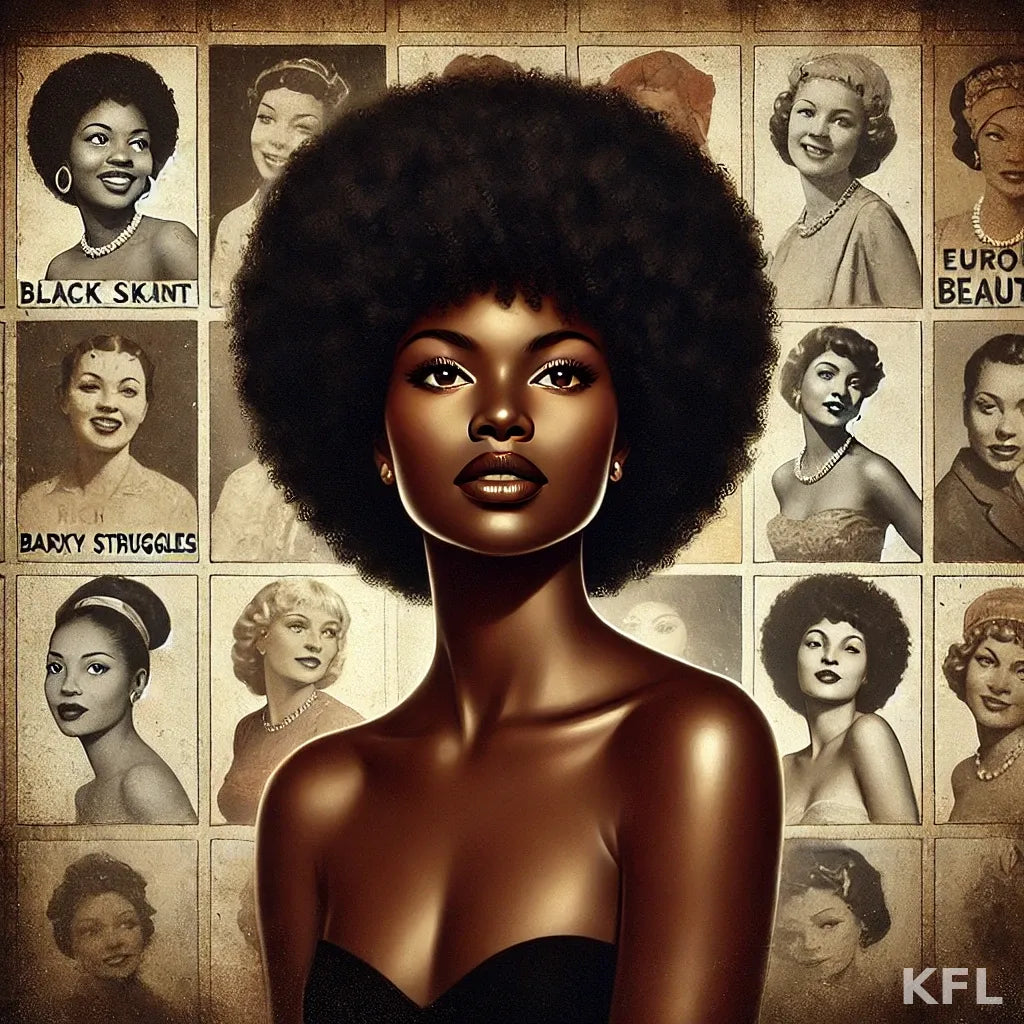
Why Black identity has long been erased from beauty standards?
Share Label
The history of beauty standards has long been shaped by cultural and racial dominance, marginalizing Black identity for centuries. Western ideals of beauty have reigned supreme, relegating African features and natural hair textures to the background. How did we get here? And how is the perception of Black beauty evolving today?
1. The Influence of Colonization and Slavery
During the colonial era, European aesthetics were imposed as universal models of beauty.
🔹 The hyper-valorization of light skin: Fair complexions were associated with nobility and purity, while darker skin was seen as inferior.
🔹 The rejection of natural hair: Enslaved Black individuals were encouraged to conceal or straighten their hair to appear more “acceptable” in Western society.
🔹 The erasure of cultural traditions: African beauty rituals—such as braiding and scarification—were stigmatized and often banned.
2. Media and the Cosmetics Industry: Reinforcing Eurocentric Standards
Throughout the 20th century, magazines, cinema, and advertising perpetuated the invisibility of African features.
📌 Black models were absent from runways and advertising campaigns for decades.
📌 Cosmetics for Black skin tones were scarce, forcing many to use skin-lightening creams.
📌 Natural hair was deemed “unprofessional” and not widely accepted in workplaces and schools.
3. The Impact of Colorism on Black Beauty Perception
Colorism—discrimination based on skin tone—further entrenched the notion that Black beauty needed to conform to European standards.
👉 Lighter skin tones were given more visibility in media and professional opportunities.
👉 Straight or wavy hair was valued more highly than kinky or coily textures.
👉 Eurocentric features (narrow noses, less pronounced lips) were often deemed more “attractive.”
4. The Rebirth of Black Beauty and the Age of Diversity
Since the early 2000s, a movement to reclaim and celebrate Black beauty has gained momentum.
✅ The “Black is Beautiful” movement encouraged Black individuals to embrace their natural features.
✅ The rise of Black influencers and Afrocentric brands brought greater representation to African beauty.
✅ Hollywood and fashion began to champion diversity, with icons such as Lupita Nyong’o, Zendaya, and Adut Akech.
✅ Inclusive haircare and cosmetics lines, like Rihanna’s Fenty Beauty, proliferated.
5. A Battle That Continues
Despite progress, Black beauty still faces ongoing challenges:
❗ Colorism persists in certain industries.
❗ Hair discrimination remains an issue in many workplaces.
❗ Eurocentric beauty standards continue to influence ideals in many parts of the world.
🌟 Conclusion
Black identity was long erased from mainstream beauty standards due to historical and cultural factors. However, thanks to collective awareness and the efforts of influential figures, Black beauty is now being reclaimed, celebrated, and embraced. While the fight is far from over, one thing is certain: diversity is finally regaining its rightful place.
💬 What are your thoughts on the evolution of beauty standards today? Share your opinion in the comments!
📢 Want to learn more about African history and culture? 🌍✨ Dive into our African Travel Guide and discover fascinating traditions, iconic landmarks, and tips for an authentic journey.
👉 Click here to learn more: African Travel Guide.
